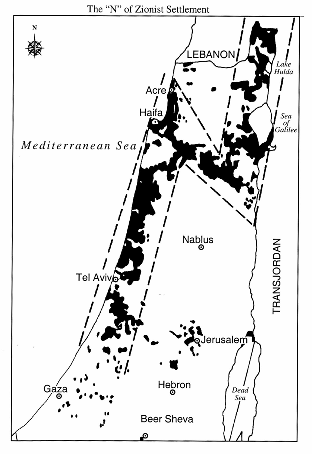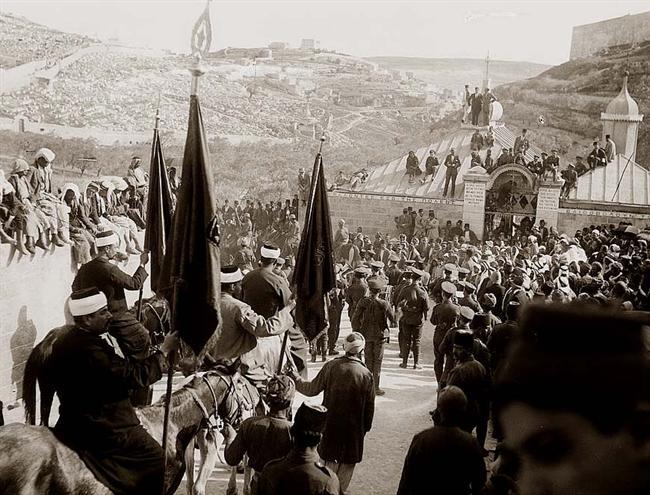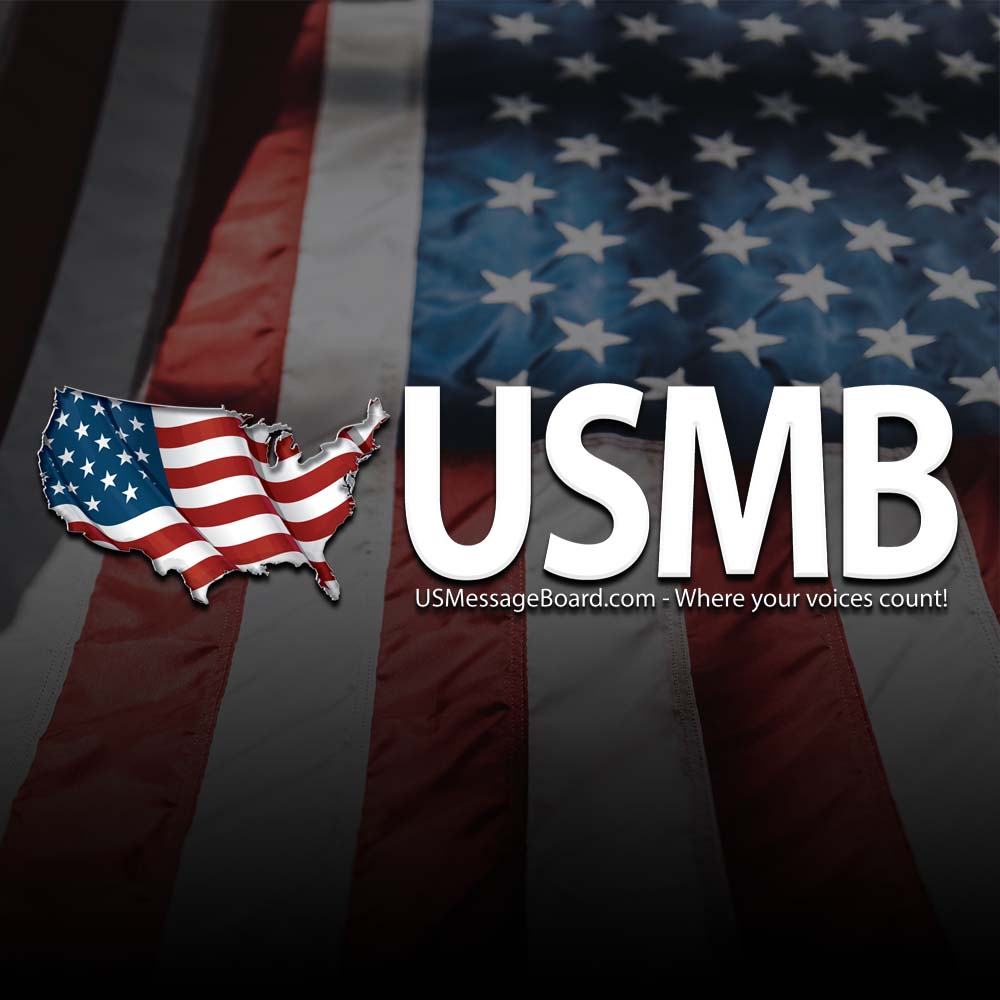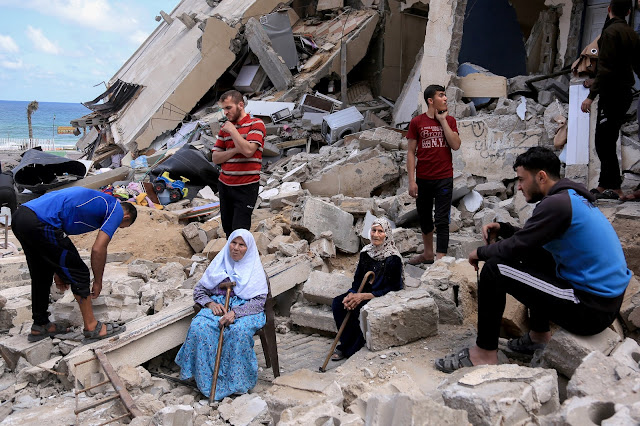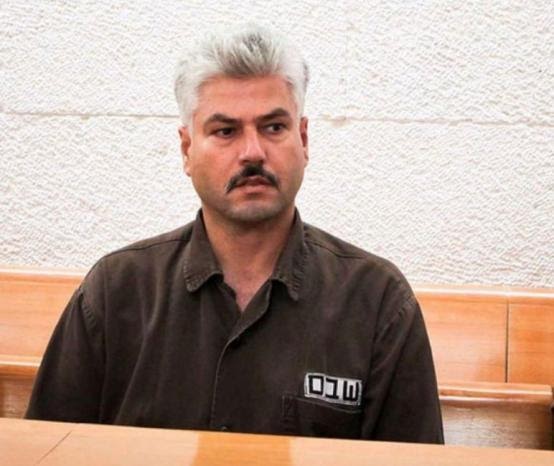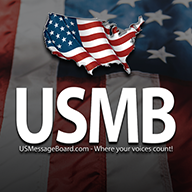Irgun was yet to be formed when all of these happened.
Same as the last post:

en.wikipedia.org
------------
The firsts series bouts of violence after the establishment of the mandate broke out in 1920. In February, a group of Arab marauders attacked the settlements of Metulla and Tel Chai. Killed in the attack was Joseph Trumpeldor, who had been the leader of the Zion Mule Corps during World war I and was one of the heroes of Yishiv.
Soon after, there was rioting in Jerusalem on April 4 during the time of the Muslim holiday of Nebi Mussah. The rioting went on for three days, in the first day alone 150 Jews were wounded, by the time it ended there were scores injured and several dead. Vladamir Jabotinsky believed that the Jews had to defend themselves, and he quickly organized a group to protect against the rioters. Initially, the British had given him the green light, but then changed their mind and arrested them when they entered the Old City. Most of the Arab rioters were never charged, with two exceptions, but the Jewish self-defense group members led by Jabotinsky were sentenced to 15 years in prison. The outcry caused by the prison sentence was powerful. As a result of the outcry, a commission of inquiry was formed. A British intelligence officer testified that some of the British military officers collided with the Arabs. The sentences of Jabotinsky and his comrades were dismissed. The British government, as a result, decided to turn the governance of Palestine over to a civilian administration. The Arabs had hoped to effect the San Remo Conference, which was meeting and was about to affirm the British mandate, something most Arabs opposed. It did not affect the decision.
On May 1, 1921, a March was planned by the Achdut Avoda ( a socialist Zionist organization) with the approval of the police- to support workers' rights The Jewish communist party also planned a march calling the establishment of a communist state in Palestine. Their march did not have police approval. They marched anyway. When the two demonstrations met, fighting broke out between the two.
The Arabs in Jaffo decided to take advantage of the mayhem and started attacking Jewish homes throughout Jaffa, killing many of the residents. The Jewish hostel where new immigrants arrived was a notable target, and the police who were called to help are reported to have taken part in the attacks.
Fighting soon spread beyond Jaffa. A farm in Abu Kabir was attacked, and the owners, their sons, two renters, and the writer Yosef Haim Brenner were killed.
The British High Commissioner Herbert Samuel requested additional troops from Egypt to put down the rioting. When it was over 47 Jews, and 48 Arabs lay dead, and another 146 Jews and 73 Arabs were wounded. Most of the Arab deaths came from clashes with British troops who were trying to put down the rioting.
One of the most immediate results of the rioting was the official separation of Tel Aviv into a separate city.
1920,1921 Arab Riots in Palestine: Tel Hai, Jerusalem and Jaffo

www.historycentral.com
-------------
The riots took the form, for the most part, of attacks by Arabs on Jews accompanied by destruction of Jewish property.
...
1929 Palestine riots.
| 1929 Arab riots in Palestine | |
|---|
| Location | British Mandate of Palestine (Safed, Hebron, Jerusalem, Jaffa) |
| Date | 23–29 August 1929 |
| Deaths | 133 Jews 116+ Arabs |
3 more rows
